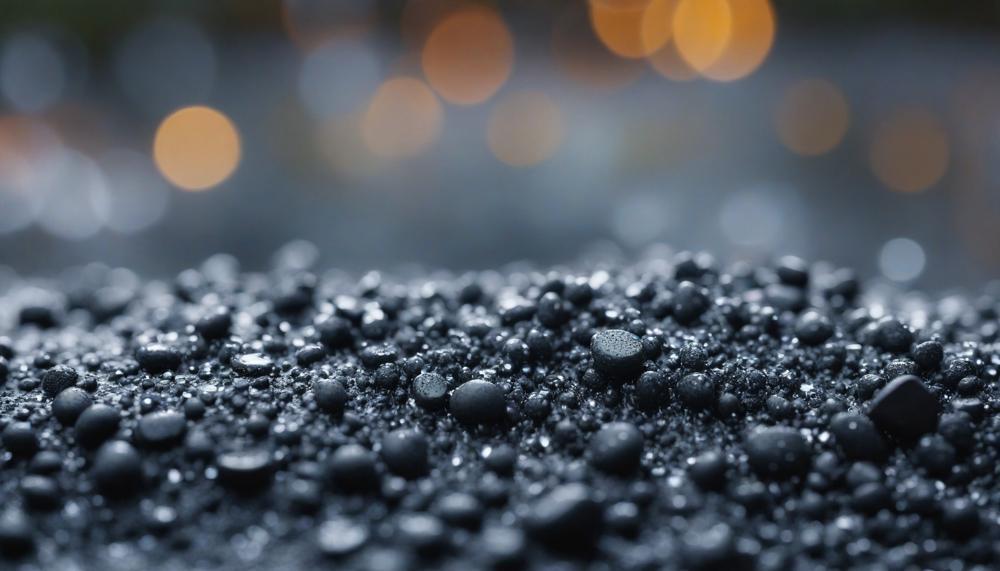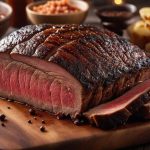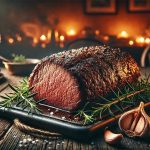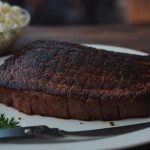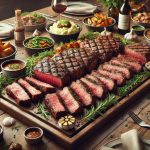Imagine this: it’s a beautiful summer day, and you’re all set for a backyard barbecue. You’ve got the burgers, the buns, and of course, the charcoal. But then, an unexpected downpour leaves your charcoal soaked. Panic sets in—are your grilling plans up in smoke?
Yes, wet charcoal can catch fire, but with some caveats. Here’s the lowdown on what happens when your charcoal gets wet:
- Challenges of Wet Charcoal: Moisture in charcoal makes it a tough cookie to light. Expect difficulty in igniting it and potentially dealing with excess smoke and faster burnout.
- Reviving Wet Charcoal: You can salvage damp charcoal to some extent. Drying it under the sun on a tray or paper might work, though lower quality types might crumble and become unusable.
- Improving Burn Consistency: Mixing dried charcoal with equal parts of fresh dry charcoal can help achieve a more reliable burn.
- Quality Matters: The type and quality of charcoal, as well as the level of moisture, play crucial roles in whether you can revive it successfully.
Pro Tip: To avoid this hassle in the future, store your charcoal in a waterproof container. Airtight metal or plastic bins are your best friends when it comes to keeping charcoal dry and ready for action.
Now that you know the ins and outs of wet charcoal, you’re better equipped to handle any grilling mishaps that might come your way. Stay tuned for more grilling hacks and tips to make your summer BBQs sizzle.
Contents
Can Charcoal Get Wet?
Certainly. Charcoal can indeed get wet. When charcoal becomes damp or wet, it becomes challenging to light properly. According to research, damp or wet charcoal, if lit, tends to produce excessive smoke and may burn out quickly. Charcoal has a high capacity to absorb moisture due to its porous nature, so storing it in a sealed container is crucial to prevent it from getting wet in the first place.
| Characteristics of Wet Charcoal | Impact | Recommendations |
| Difficult to light | Excessive smoke, quick burnout | Store in sealed container |
| Can absorb moisture easily | May not perform as well as dry charcoal | Airtight metal or plastic bins |
If charcoal is saturated with water, it may not be salvageable. However, some types of charcoal can be dried out in sunlight or on a tray to regain usability, although this may not work for all varieties. To enhance burning consistency, mixing dried charcoal with fresh dry charcoal in equal parts can be effective.
How Does Charcoal Get Wet?
| Charcoal gets wet primarily due to exposure to moisture, such as rain or humid storage conditions. | Moisture seeps into the charcoal, affecting its ability to burn effectively. | High-quality charcoal can sometimes be salvaged by drying and mixing with fresh charcoal, but lower quality types may not recover well. |
| Drying wet charcoal in sunlight on a baking tray is a common method, but results vary by charcoal type. | Proper storage in a waterproof container or sealed bin is crucial to prevent moisture absorption. | If properly dried, charcoal may perform adequately, but its effectiveness can be reduced compared to dry charcoal. |
Does Wet Charcoal Go Bad?
Yes, wet charcoal can go bad. When charcoal absorbs moisture, whether from rain or humid conditions, its performance as a fuel is compromised. Briquettes, in particular, are highly susceptible to this issue.
Once charcoal gets wet, the moisture permeates its structure, impacting its ability to ignite and maintain a steady burn. Even if you manage to light damp charcoal, it tends to burn faster and produces excessive smoke, which indicates inefficient combustion. Here’s a breakdown of what happens and how it affects the charcoal’s usability:
- Ignition Difficulty: Moisture in the charcoal means more energy is needed to raise the temperature to the charcoal’s ignition point, often making it too challenging to light.
- Increased Smoke: Wet charcoal smokes heavily, as the moisture evaporates. This smoke is not ideal for cooking and can affect the flavor of the food.
- Rapid Burn-Out: Moist charcoal burns out quicker than dry charcoal, as it struggles to maintain the necessary combustion temperature.
For grill enthusiasts looking to salvage wet charcoal, here are a few steps you might consider, presented in a table for clarity:
| Step | Action | Outcome |
| 1 | Dry the charcoal | Spread wet charcoal on a tray and place it under direct sunlight to reduce moisture content. |
| 2 | Test ignition | Try lighting a small quantity to see if it ignites and stays lit without excessive smoke. |
| 3 | Mix with fresh charcoal | Mix a small amount of dried, previously wet charcoal with fresh charcoal to help stabilize the burn. |
While wet charcoal can technically still be ignited under certain conditions, its efficacy and efficiency as a fuel are significantly reduced once it becomes damp. For the best grilling results, always store charcoal in a dry, waterproof environment and consider disposing of excessively wet charcoal that cannot be effectively dried and re-lit.
How To Salvage Wet Charcoal
Salvaging wet charcoal for grilling involves several steps that can help restore its usefulness. Here’s how you can effectively dry and use wet charcoal:
Drying Techniques
- Air Drying: Spread the wet charcoal in a single layer in a well-ventilated area. This process can take several days, but patience is key.
- Sun Drying: For a quicker method, spread the charcoal on a metal tray or sheet and place it under direct sunlight. Regular turning ensures even drying.
Using a Charcoal Chimney Starter
- Accelerate the drying by using a charcoal chimney starter. Place the wet charcoal inside the chimney and use newspaper or lighter cubes to ignite it from the bottom. The heat will help dry the charcoal as it ignites.
Storage Tips
- Once dried, store the charcoal in a dry, covered area to prevent re-wetting. Use moisture-resistant containers or bags to maintain the charcoal’s dryness.
Quality Checks Before Use
- Visual Inspection: Check the charcoal for mold or discoloration, which suggests spoilage.
- Odor Test: Smell the charcoal for any musty or off odors indicating contamination.
Grilling with Salvaged Charcoal
- Preheating: Ensure your grill is preheated well before adding the charcoal to aid in ignition.
- Mixing with Fresh Charcoal: Mix the dried, salvaged charcoal with fresh charcoal to help stabilize the fire and improve heat consistency.
| Technique | Steps | Purpose |
| Air Drying | Spread out in a ventilated area | Slow drying to restore usability |
| Sun Drying | Spread on tray, expose to sunlight | Speed up drying process |
| Chimney Starter | Use chimney with ignition from below | Quickly ignite and dry charcoal |
By following these steps, you can salvage wet charcoal effectively for your next grilling session. Always ensure that the charcoal is completely dry before using, as any moisture can affect the burning quality and safety of your grilling experience.
Briquettes vs. Lump Charcoal
| Feature | Briquettes | Lump Charcoal |
| Composition | Uniform size and shape, contain additives like coal dust, accelerants, charcoal fines, binders, and oxidizing agents. | Natural hardwood, no additives, just wood. |
| Burning Characteristics | Burn longer, steady temperature, more ash production. | Burns hotter and cleaner, lights quickly, less ash production. |
| Flavor | May impart a slightly different flavor due to additives. | Natural smoky flavor, especially with hardwood varieties. |
| Heat Control | Provides consistent heat ideal for slow cooking and smoking. | Allows for higher temperatures and precise control, essential for searing. |
| Use | Ideal for long cooking times, especially in smokers. | Great for hot and fast cooking like grilling. |
| Clean-Up | Produces more ash. | Produces less ash. |
When deciding between briquettes and lump charcoal for your grilling or barbecuing needs, consider these key differences:
- Briquettes: These are uniform in size and shape, containing additives that can affect flavor but burn consistently for longer periods, making them ideal for slow cooking and smoking. However, they produce more ash, requiring more frequent clean-up.
- Lump Charcoal: Made from natural hardwood, lump charcoal burns hotter and cleaner with less ash production. It lights quickly and allows for precise temperature control, perfect for high-heat grilling and searing. It also imparts a natural smoky flavor to your food, enhancing the grilling experience.
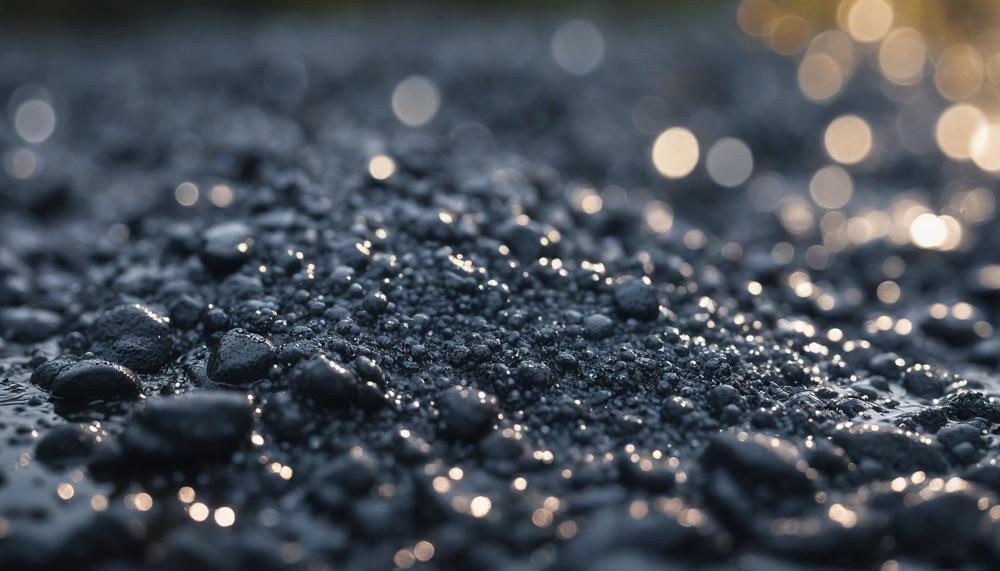
Ultimately, your choice should depend on your cooking style and the flavor profile you want to achieve. Whether you opt for the steady burn of briquettes or the intense heat and natural taste of lump charcoal, both offer distinct advantages to elevate your grilling game.
How To Use Dried-Out Charcoal
Inspecting Charcoal:
Before grilling, carefully examine the stored charcoal. Discard any pieces that appear cracked or discolored as they may not burn evenly.
Preparing for Use:
Break apart larger chunks if they’ve clumped together during storage. This ensures better airflow and even burning during grilling.
Storage Tips:
Store charcoal in a dry area like a shed or garage to prevent moisture absorption. Use sealed plastic bags or airtight bins to maintain freshness.
Handling Ashes:
After grilling, allow charcoal to cool completely. Dispose of ashes and debris to preserve unused charcoal effectively.
Avoiding Odors:
Keep charcoal away from strong-smelling substances to maintain its natural flavor-enhancing properties.
Lighting Instructions:
Light only the amount needed for each grilling session. This minimizes waste and optimizes future use.
By following these steps, you can ensure that your dried-out charcoal performs effectively during grilling sessions, providing consistent heat and enhancing the flavor of your food.
Tips on Keeping Charcoal Dry
| Tip | Details | Reason |
| Storage Solutions | Use airtight containers like metal or plastic bins. | Prevents moisture, keeps charcoal dry. |
| Avoid Exposure | Store in a dry area, away from rain. | Protects charcoal from dampness. |
| Use of Silica Gel | Include silica gel packs in storage containers. | Absorbs moisture, maintains dry environment. |
| Ventilation Consideration | Ensure storage area is well-ventilated. | Prevents moisture buildup. |
| Immediate Use Preparation | Open charcoal bags only when needed, reseal tightly. | Minimizes exposure to humidity. |
| Reviving Wet Charcoal | Dry under sun or mix with dry charcoal if damp. | Salvages usability after exposure. |
Conclusion
Rainy weather can throw a wrench in your grilling plans, especially if your charcoal gets wet. So, can wet charcoal catch fire? Absolutely, but with a few caveats.
First, wet charcoal is notoriously difficult to light due to the moisture it absorbs, often leading to excessive smoke and faster burnout. If you find yourself with damp charcoal, all is not lost. You can attempt to dry it out in the sun or on a tray. However, the success of this method largely depends on the charcoal’s quality. High-quality charcoal might recover well, but lower-grade varieties may crumble and become useless.
To improve burning consistency, mix the dried charcoal with fresh, dry charcoal. This blend can help stabilize the burn and ensure your grilling session goes smoothly. Remember, prevention is better than cure. Storing your charcoal in waterproof containers, like airtight metal or plastic bins, can save you from this hassle.
In short, while wet charcoal can be reignited, its performance is significantly compromised.

